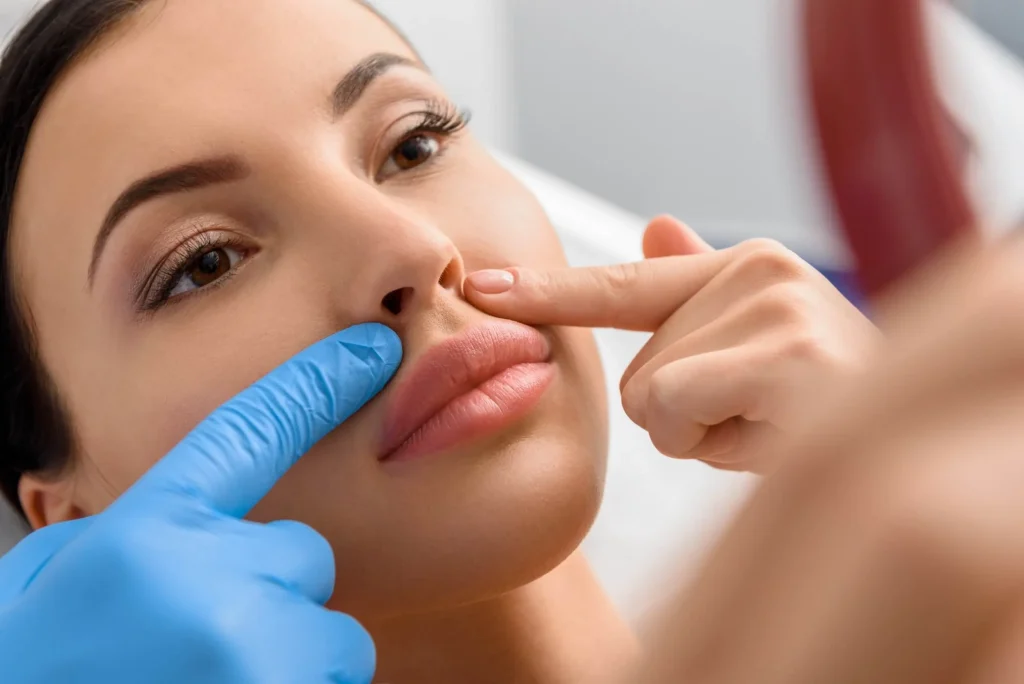fillers
What are Facial Fillers? Facial fillers are cosmetic injections that are used to address the signs of aging by restoring lost volume and reducing the appearance of wrinkles and fine lines. As we age, our skin starts to lose its elasticity and firmness due to the natural decrease in collagen production. This loss of collagen […]












